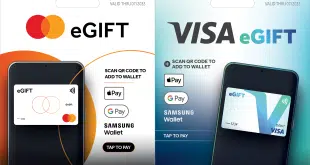There’s no turning back from the mobile phenomenon for financial transactions as a new survey finds that 41% of consumers use their smart phones to make bank transactions, such as person-to-person payments, paying bills, and making check deposits, up from 36% in 2014, says consultancy Mercator Advisory Group Inc.
While most of these transactions still take place on desktop and laptop computers, the ascending use of mobile devices—especially smart phones—indicates a shift in consumer preferences, says Karen Augustine, manager of primary data services at Maynard, Mass.-based Mercator.
“People are just doing more on mobile,” Augustine tells Digital Transactions News. They are comfortable getting alerts from their banks on their phones, and accessing their online banking accounts to check their balances, transfer funds, and pay bills, she says.
In 2015, 18% of consumers preferred using their smart phones for banking, an increase from 17% in 2014 and 13% in 2013, Augustine says. Mercator surveyed 3,000 U.S. adults who have banking relationships.
Younger consumers are driving the bulk of this change, she says. Thirty percent of those aged 18 to 34 prefer smart phones for bank transactions, up from 26% in 2014, while 60% prefer to use computers, down from 63% in 2014. Tablet preference—approximately 10%—has remain unchanged over the past three years.
“It’s young adults who are driving the shift to mobile,” Augustine says. “They’re more likely to use mobile banking that older adults.”
Banks appear to be paying attention to this. Several banks are offering or plan to offer ATM cash withdrawals authorized via mobile banking apps, effectively making the smart phone a “remote control” for the cash machine. Some financial institutions extend that concept to their credit and debit cards by giving their cardholders the ability to suspend card transactions via the banking app.
“The biggest news is people are using their mobile-banking apps and they’re going to the tellers less,” she says. “They’re using [the app] for simple transactions.” Branch visits are still warranted, but primarily for more complex transactions, she says.
Of consumers who use a mobile-banking app, 33% prefer to transact via a smart phone, compared with 27% in 2014. Only 56% prefer to use traditional computers, down from 59% in 2014.





